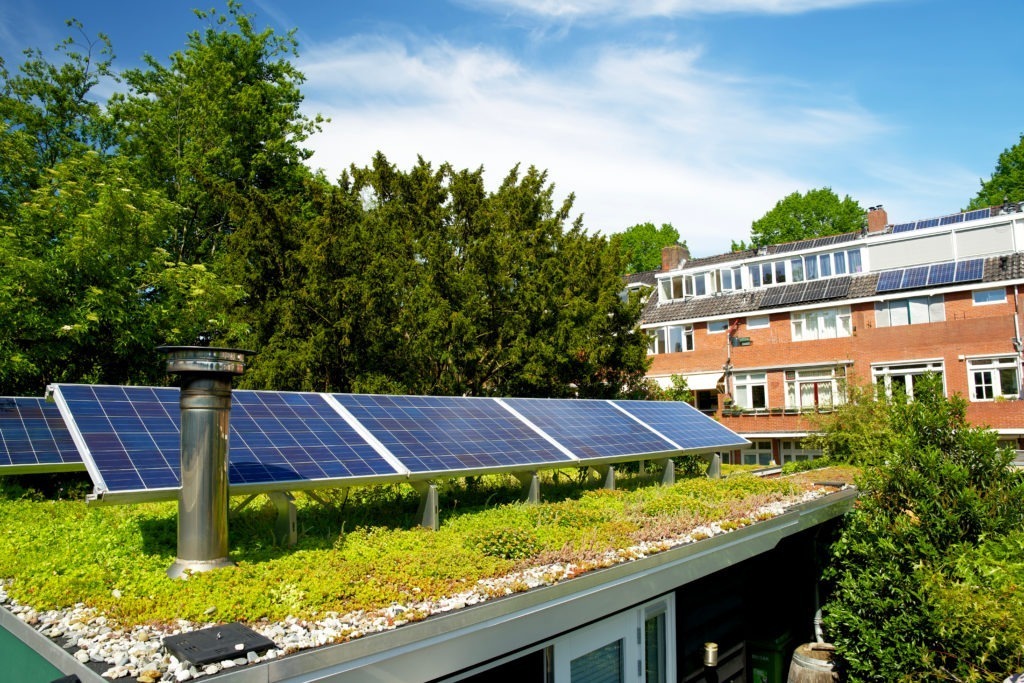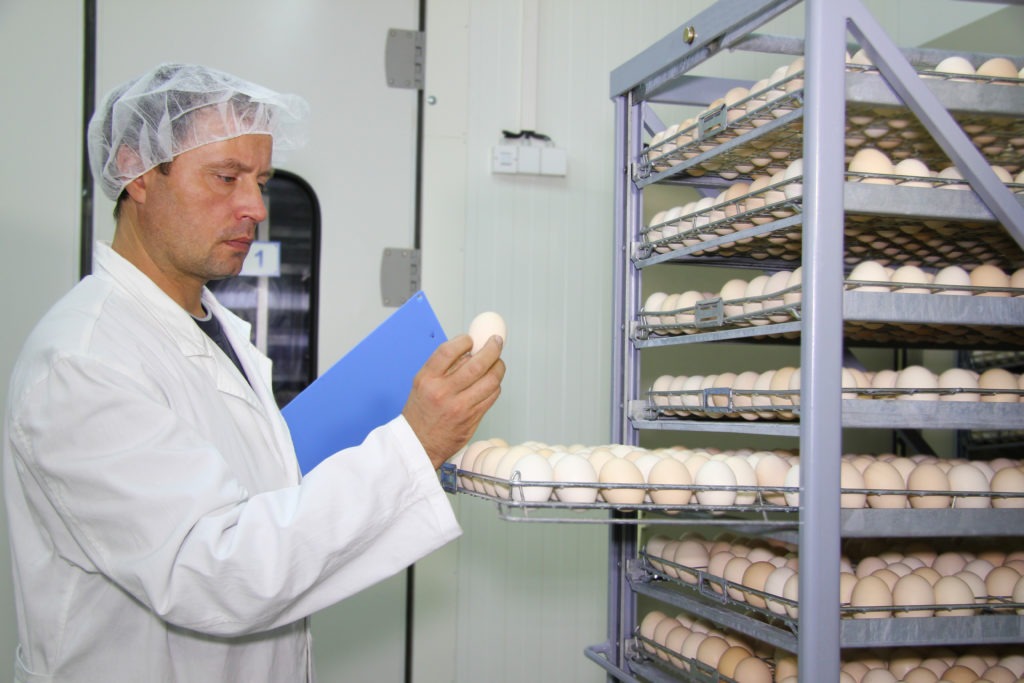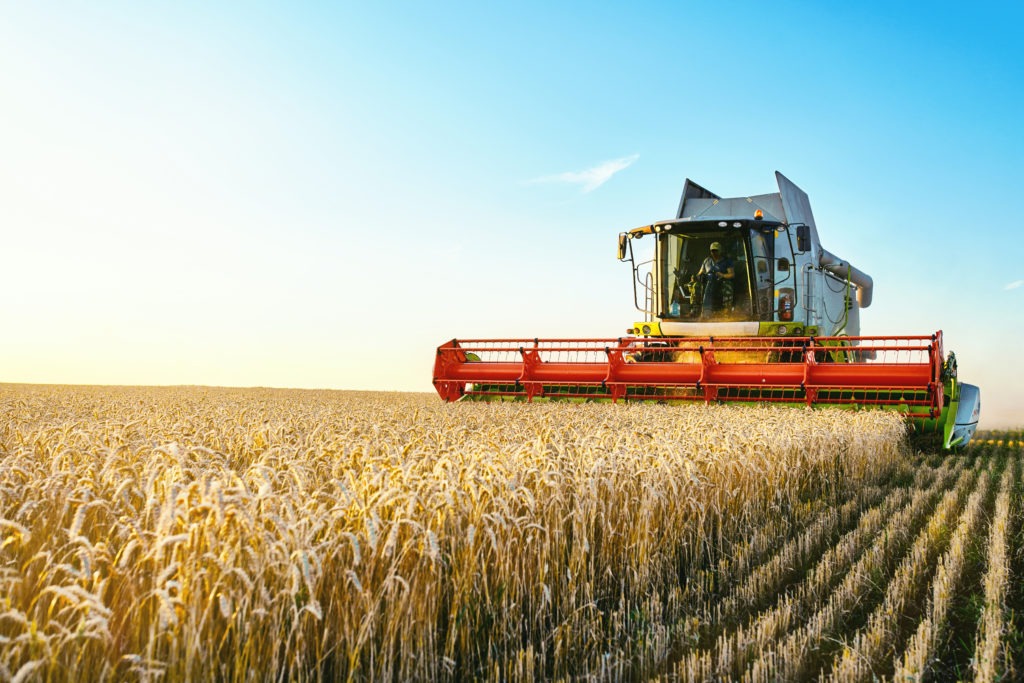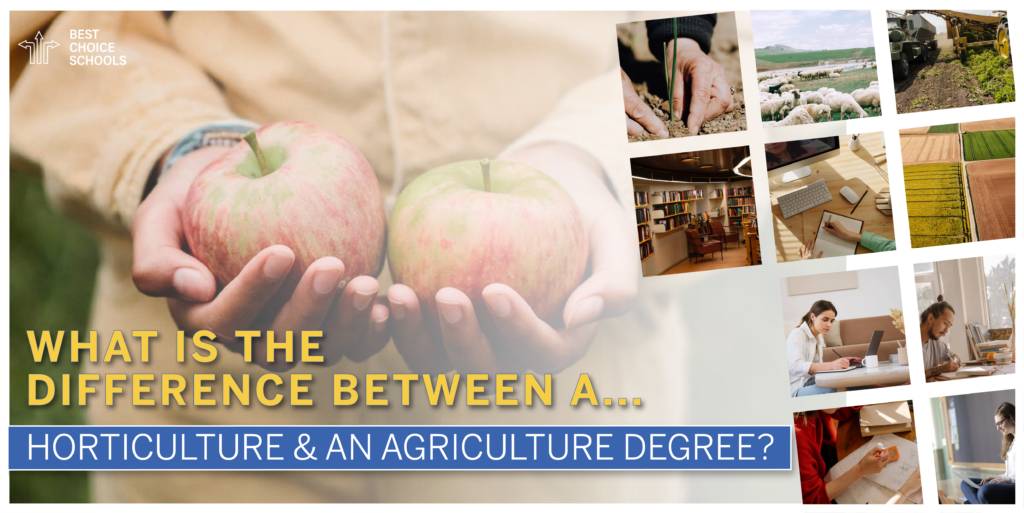The disciplines of horticulture and agriculture are often closely linked, but they serve different functions within society. Plants are a source of food, clean air, and beauty, and there are many people who seek to find ways to enhance their presence on the earth. This type of herb cultivation is known as horticulture, and the results of this practice are often used to help farmers improve agricultural activities like growing food crops for human and animal consumption. Your career choice will ultimately dictate which of the degree programs you will choose. Here are some of the key differences between university-level horticulture degree programs and those for agricultural science, some examples of courses taken in each discipline, and the types of agriculture and horticulture internships that are available for students.
- Degree Programs for Horticulture and Agricultural Science
- Course Curricula for Horticulture and Agricultural Science Degree Programs
- Available Internships for Horticulture and Agricultural Science Students
- Different Careers for Horticulture and Agriculture Graduates
- Job Outlook With the Horticulture or Agriculture Degree
- Conclusion
Related resource: Top 10 Online Universities You Can Start Anytime

Table of Contents
Degree Programs for Horticulture and Agricultural Science
Most horticulture degree programs emphasize the study of plant health, pest control, and nutrient content. Students work with plants that are grown in small spaces to study what is needed for them to thrive. The programs are heavily science-based and include laboratory testing of plants, the evaluation of soil properties, and real-world fieldwork projects that address modern issues like the use of natural methods to repel the insects that destroy cultivated plants. Within agricultural science programs, many students are able to study the technical aspects of food crop production and livestock maintenance as well as the business of marketing and distributing food products to businesses and consumers.
Course Curricula for Horticulture and Agricultural Science Degree Programs
Some of the most common course topics that are included in most horticulture degree programs are landscape and garden planning, plant pathology and vegetable gardening. Nearly all commercial and residential real estate owners attempt to add curb appeal and beauty to their properties through the use of proper landscaping techniques. These are the principles and procedures that are taught within many horticulture programs. Diseased plants are unsightly, and they represent wasted money and natural resources. Classes taught within horticulture programs address the identification of plant diseases, plant treatment options and methods to prevent the spread of infections. Horticulture courses also teach students the essential principles for starting and maintaining food-producing vegetable gardens. They learn how these gardens should be set up, the different techniques for cultivating small space gardens, and the necessary nutrients that should be present in the soil while plants grow. Some of the courses taught within agricultural science programs are organic farming and gardening, environmental law, and environmental economics. Organic farming courses focus on ways to cultivate food crops with minimal use of synthetic fertilizers and insecticides based on governmental regulations and industry standards. Environmental law courses address the legal obligations of farmers relating to the safe maintenance of lands that are used for food crops. Aspiring farmers learn about the factors that affect crop prices and farm profits when they take agricultural science courses on environmental economics.

Available Internships for Horticulture and Agricultural Science Students
Horticulture students can gain valuable work experience through internships with government agencies and private businesses. For example, the Smithsonian Gardens organization provides internships for students and recent horticulture graduates to work in one of the most famous gardens in the nation. The same type of supervised fieldwork assignments is available to agricultural science students. An organization called World Endeavors helps to place agricultural science students into internships in international locations where they analyze farming techniques and recommend improvements based on scientific research.
Different Careers for Horticulture and Agriculture Graduates
Horticulture degrees plant the seeds to grow bountiful careers working with flowers, shrubs, trees, and crops. For example, horticulturists oversee the cultivation of plant life with the right soil and nutrients. Plant pathologists evaluate, diagnose, test, and treat flora that shows signs of disease. Landscape designers bring creative sketches of aesthetic gardens to life for business and residential clients. Pest control managers develop sneaky strategies to protect plants from aphids, cutworms, caterpillars, beetles, and more. Horticultural inspectors scrutinize produce and crops to ensure farms are following strict industry regulations. Other horticulture jobs include greenhouse manager, gardener, pomologist, vineyard manager, garden communicator, arborist, aquatic botanist, and plant breeder.
Agriculture degrees help harvest a variety of fertile careers working with both plant and animal products. For instance, agriculturalists study the best scientific means for cultivating healthy soil for commercial crop growth. Farm managers oversee the day-to-day agricultural operations to effectively grow, store, sell, and ship goods. Dairy farmers nurture a healthy herd of cows to process milk, cheese, yogurt, and ice cream. Meat inspectors enforce USDA standards by checking the nation’s supply of beef, swine, poultry, and eggs. Precision agriculture specialists use sophisticated mapping technologies to collect data on produce yields. Other agriculture jobs include agricultural engineer, soil scientist, irrigation specialist, crop adjuster, feed mill manager, agricultural economist, and geneticist.

Job Outlook With the Horticulture or Agriculture Degree
According to the Bureau of Labor Statistics, the employment of agricultural and plant scientists will grow quickly by 7 percent for 38,000 more jobs before 2028. Demand for agricultural and food science technicians will increase by 6 percent and create 1,800 openings. Landscape designers will see 4 percent, or 1,000, more jobs this decade. Agricultural engineers can count on 5 percent growth to 2,700 total positions. Environmental scientists studying plant life can expect an 8 percent hiring uptick. However, there are some competitive horticulture and agriculture careers that are shrinking. Farmers and ranchers will experience a 1 percent decline of 9,000 jobs. The outlook for floral designers shows a 14 percent drop and 7,600 jobs lost.
Horticulture and agriculture degrees lead to different pay potential too. The U.S. Department of Labor records an $80,360 average salary for farmers and ranchers. Farm labor contractors receive $62,060 mean income. Agricultural engineers bring home a $98,290 median paycheck. Agricultural scientists reap average profits of $72,550. Animal scientists collect mean earnings of $68,570. Soil and plant scientists are given a median $69,860 yearly wage. Plant pathologists can expect a $78,290 average. Agricultural and horticultural technicians make a mean $44,440 salary. Animal breeders earn a median pay of $46,420. Crop inspectors have an average compensation of $47,160.
Conclusion
Interest in the study of plants for their ecological value and as food sources has increased over the years. The current post-industrial society has produced people who are concerned with the safety and nutritional value of their food supply, and these people are increasingly choosing to get their dietary needs met directly from plants. Subsequently, the degree programs for both horticulture and agriculture teach important concepts that affect the well being of people groups around the world.
Related Resources:
25 Most Inspiring Japanese Zen Gardens
Choosing a College Major Based on Location
Is it Expensive for a College Campus to Become More Environmentally Friendly?
